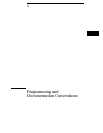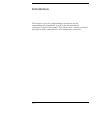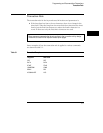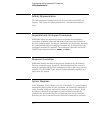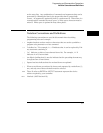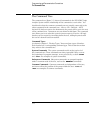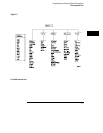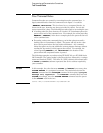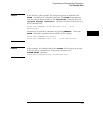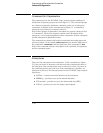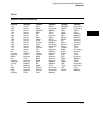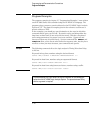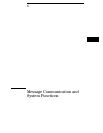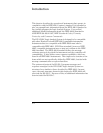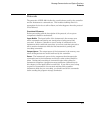
Tree Traversal Rules
Command headers are created by traversing down the command tree. A
legal command header from the command tree in figure 5-1 would be
:MMEMORY:INITIALIZE. This is referred to as a compound header. As
shown on the tree, branches are always preceded by colons. Do not add
spaces around the colons. The following two rules apply to traversing the tree:
•
A leading colon (the first character of a header) or a terminator places the
parser at the root of the command tree. For example, the colon preceding
MMEMORY (:MMEMORY) in the above example places the parser at the root
of the command tree.
•
Executing a subsystem command places you in that subsystem until a
leading colon or a terminator is found. The parser will stay at the colon
above the keyword where the last header terminated. Any command
below that point can be sent within the current program message without
sending the keywords(s) which appear above them. For example, the
colon separating MMEMORY and INITIALIZE is the location of the
parser when this compound header is parsed.
The following examples are written using HP BASIC 6.2 on a HP 9000 Series
300 Controller. The quoted string is placed on the bus, followed by a carriage
return and linefeed (CRLF). The three Xs (XXX) shown in this manual after
an ENTER or OUTPUT statement represents the device address required by
your controller.
Example In this example, the colon between SYSTEM and HEADER is necessary since
SYSTEM:HEADER is a compound command. The semicolon between the
HEADER command and the LONGFORM command is the required <program
message unit separator> . The LONGFORM command does not need
SYSTEM preceding it, since the SYSTEM:HEADER command sets the parser
to the SYSTEM node in the tree.
OUTPUT XXX;":SYSTEM:HEADER ON;LONGFORM ON"
Programming and Documentation Conventions
Tree Traversal Rules
5–8




